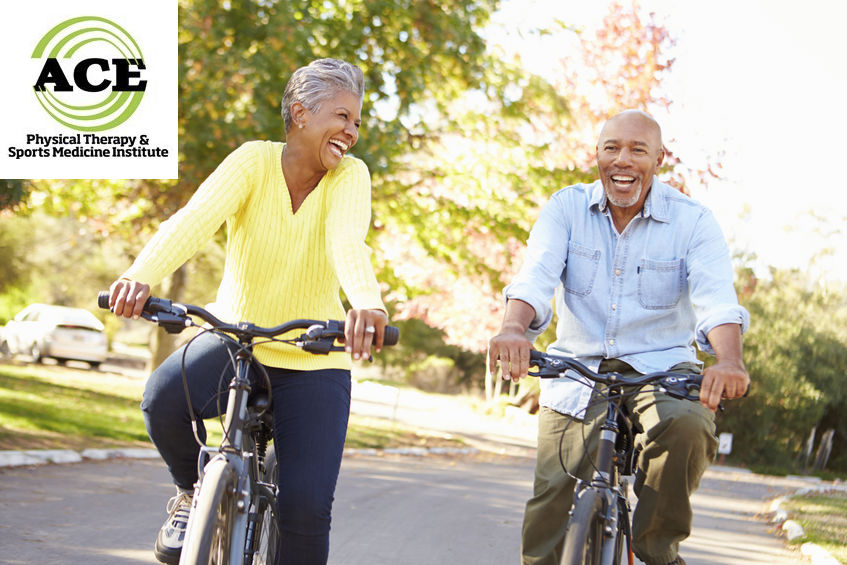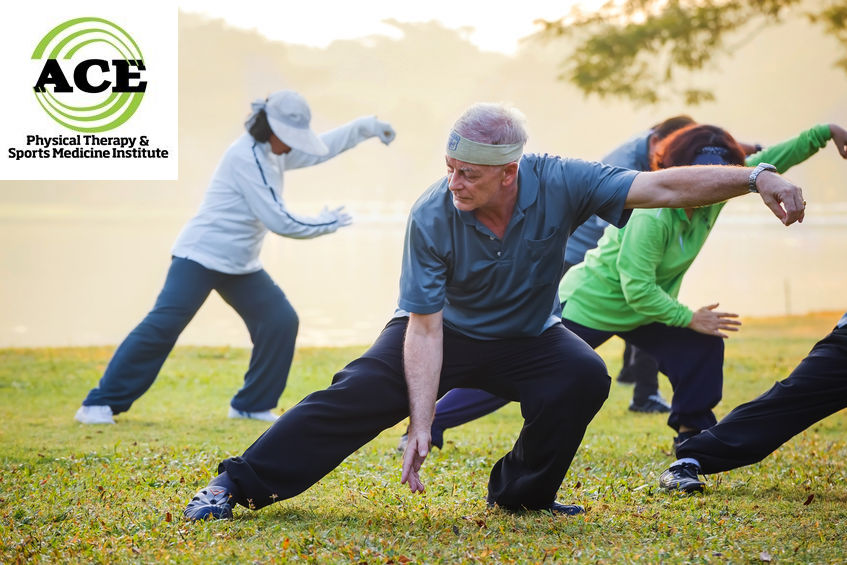TREATMENT GUIDELINES FOR OSTEOARTHRITIS

Tid Bits of Info
- Over 250 million people suffer from osteoarthritis throughout the world.
- Approximately 27 million people in the US suffer from OA and mainly in their hips and knees.
- The worst-case scenario of OA requires joint replacement surgery.
- Recovery from joint replacement surgery can take 9-12 months.
- Seek the advice and treatment of a Physical Therapist if you develop pain in your hips/knees.
Over 250 million around the world suffer from osteoarthritis. For some people, this can cause some discomfort in movement. For others, the pain and stiffness can be so bad, they can barely move. Plus, the symptoms of pain and stiffness will often get worse throughout the day. Patients suffering from osteoarthritis (OA) should follow treatment guidelines that can help increase movement and reduce pain.
The hips and knees are the most common joints to be affected by OA due to the amount of weight-bearing force that is applied to these joints. Osteoarthritis occurs when the smooth articular cartilage (hyaline cartilage) on the ends of the bones begins to “wear out” and deteriorate. The hyaline cartilage is so smooth that when the bones in a joint “rub” together or articulate together there is nearly no friction. Unfortunately, when the cartilage becomes “worn” the frictionless capability is lost and as the cartilage surface articulates with the other joint surfaces there is more “breakdown”. Over time, this can lead to complete loss of all articular cartilage and force someone to seek medical attention and in many instances have joint replacement surgery.
The American College of Rheumatology and the Arthritis Foundation recently released new and different guidelines that are designed to help you manage your OA. The last set of guidelines were released in 2012. The goals of these guidelines are to reduce drug use and increase movement and function in a person who suffers from OA.
The following guidelines are all strongly recommended in this newly released set:
Exercise: Cardiovascular, strength developing, and stretching. All are designed to help someone move more efficiently and with less pain or restriction. Walking, riding a bike, or swimming are great cardiovascular exercises. Strength development must be through resistance exercise and functional movement activities. Most joints with OA are restricted in the amount of motion that can occur in the joint. Stretching and having a licensed Physical Therapist perform manual therapy on the involved joint can have a significant impact on the motion.
Weight loss: Losing weight is a must for some osteoarthritis sufferers. Carrying extra weight makes the hip and knee joint support a great deal more weight than it should when it starts to develop OA. Experts have reported that losing 1 pound of body weight is the equivalent of 3-4 pounds of pressure and force on the involved joint (s). Lose 10 lbs. of body weight and it is similar to losing 30-40 lbs. on the involved joint.

Tai Chi: This activity teaches body awareness and balance. Performing on a regular basis improves strength, neuromuscular activity, and makes the individual less of fall risk.
Cane use: Using a cane is a great idea when the lower extremity (s) are weak or painful. The assistive device helps to stabilize and balance the individual during gait and it is reported to “unload” the involved lower extremity by as much as 25% of the body weight. The cane should be used in the opposite hand to the involved lower extremity.
Unloader brace: These braces are used to “unload” the articulating surfaces that are damaged. The counterforce creates a “gap” in the area of the joint that is most severely involved. Separating the damaged surfaces by only a few millimeters can make a tremendous reduction in pain and enable the individual to be more active.
If you are suffering from osteoarthritis, you should seek out the advice and treatment of a Physical Therapist. These licensed healthcare professionals can evaluate and treat you with an exercise routine designed specifically for you and they can help you regain some motion at the same time.
OA is extremely common in weight-bearing joints. In some instances, as someone ages, the articular surfaces begin to experience “wear and tear”. Managing the deterioration of these surfaces is important. Limiting the amount of deterioration can help someone remain active and healthy.
























